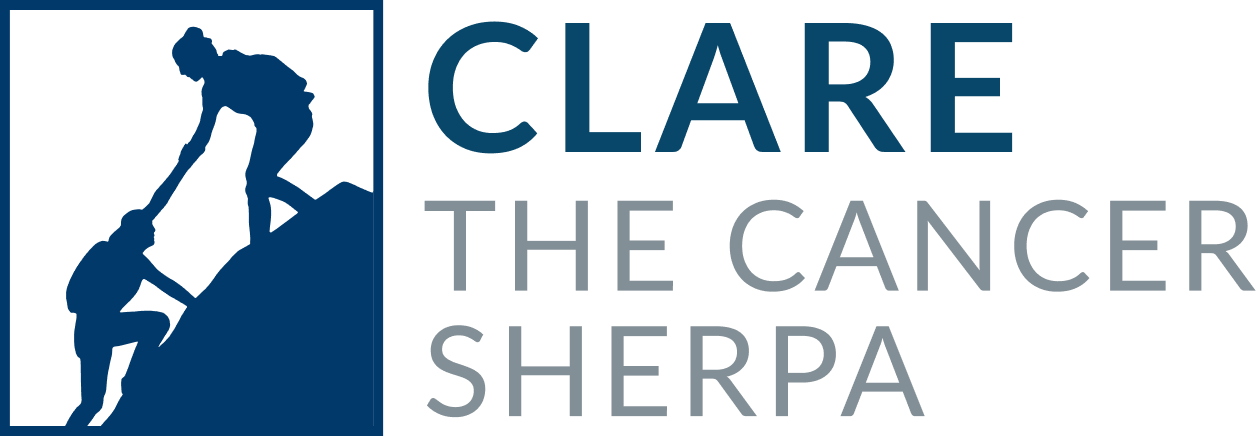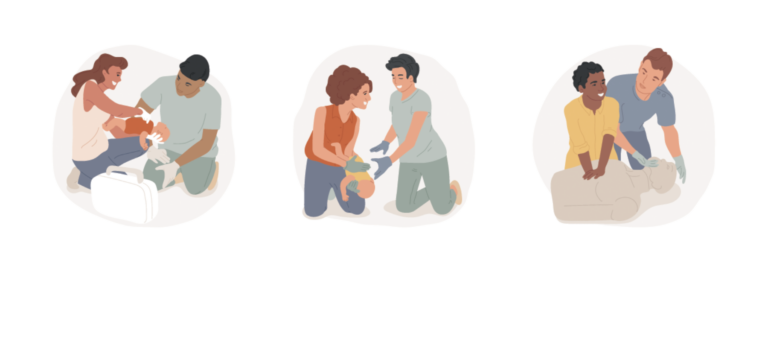We write a lot about long-term illness and prevention, but many health and safety situations happen without warning. While having access to infinite information at our fingertips is great, when there’s an emergency, there might not be enough time to Google it. When every minute counts, you’ll want to have the below skills nailed down so you can perform them on autopilot if you need to.
CPR
Bystander CPR (aka cardiopulmonary resuscitation) can help keep someone alive before emergency services arrive, making CPR a skill set that is relevant for anyone, at any age.
According to the American Heart Association, immediate CPR can double or triple chances of survival after cardiac arrest (AHA). Think about it: taking a little time to learn the proper way to do this can help save parents, grandparents, coworkers, friends… you never know when an emergency can arise, and being prepared can help give you and your loved ones peace of mind.
As summer fast approaches, CPR could come in handy at the beach or pool, too. The CDC states that drowning is the leading cause of death for children aged between 1-4 years in the United States, and an average of 11 people die every day from drowning (CDC). Child and baby CPR require additional considerations, and there are CPR education sessions dedicated to performing this correctly on little ones. Be knowledgeable and ready in case there is no lifeguard present in a drowning situation.
The American Red Cross offers courses for all ages; click here to learn more and schedule a session in your area.
Heimlich Maneuver
We’ve all seen Mrs. Doubtfire, and while that memorable scene shows us the effectiveness of the Heimlich, here’s a reminder that choking is no joke. Knowing how to perform the Heimlich Maneuver can help save kids and adults in a scary situation, especially when you are working with limited time if someone is not breathing. The Red Cross has a helpful visual on how to perform back blows and abdominal thrusts on someone who is consciously choking and cannot cough or breathe; see exactly where to position them on adults, kids and infants here. Mayo Clinic also offers guidance for performing the maneuver on pregnant people or someone whose stomach you can’t get your arms around here.
Treating wounds and heavy bleeding
When someone is bleeding heavily, properly bandaging a cut or wound is crucial. First aid for severe bleeding involves elevating the wound above the heart if possible, and applying direct pressure. Once the bleeding is under control, tie gauze, a bandage or whatever you have to use in an emergency situation tightly (making sure not to cut off blood flow to the rest of the limb or area). Harvard Health breaks it down here, with a visual identifying pressure points that can stop artery bleeding until emergency services arrive.
Always call 911 in an emergency situation. For help finding classes and more information on life-saving skills, contact us today.


